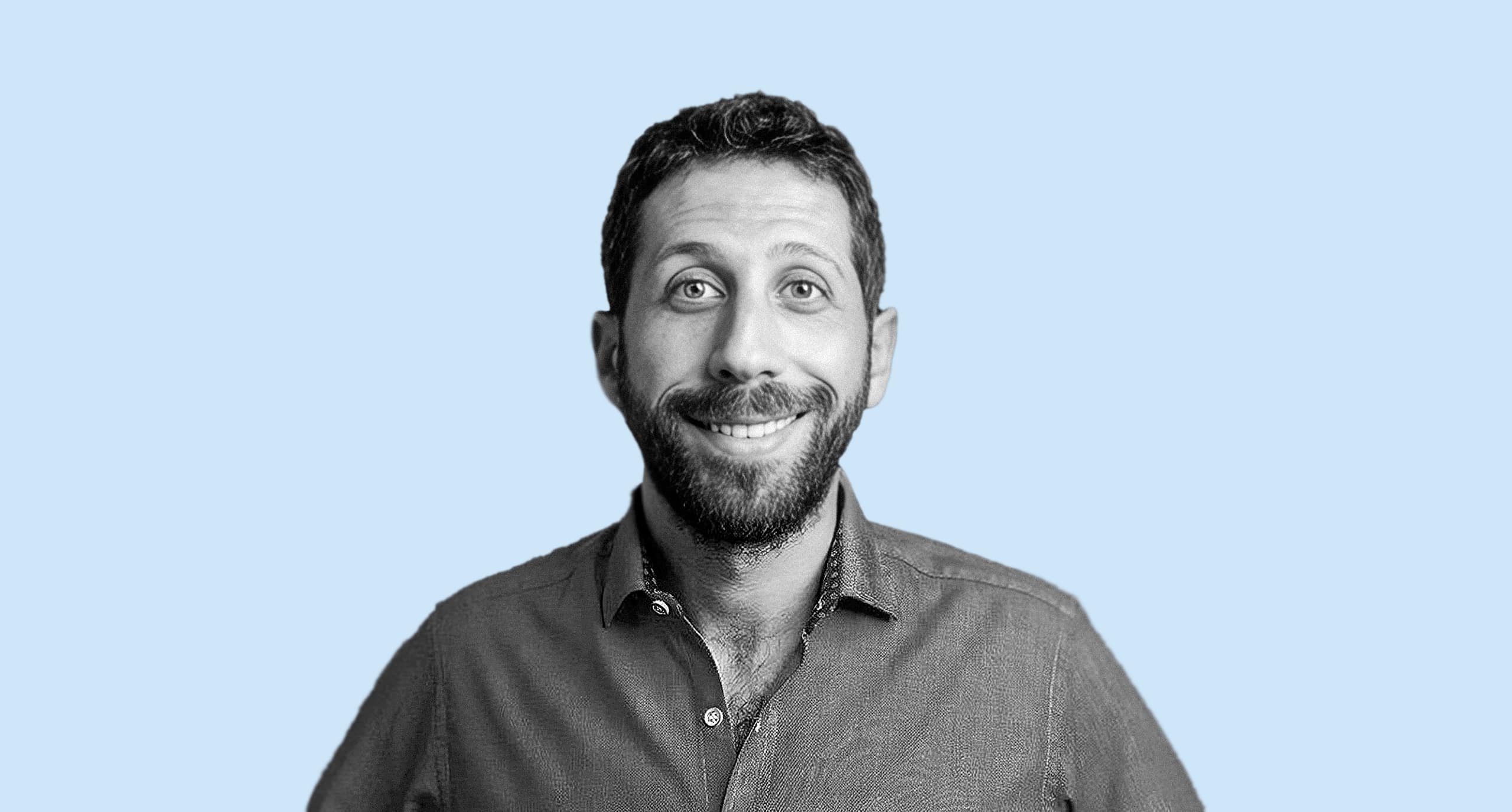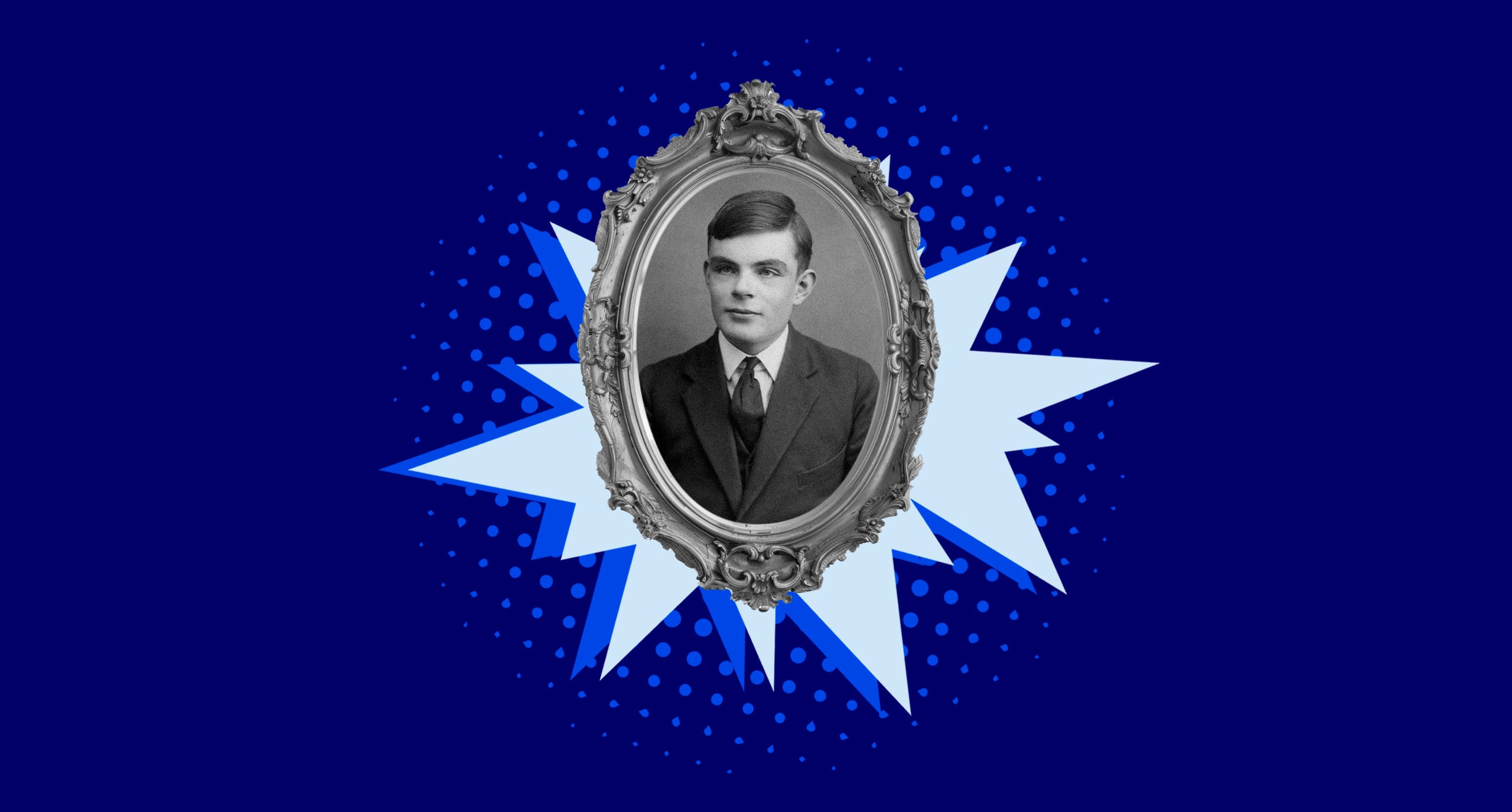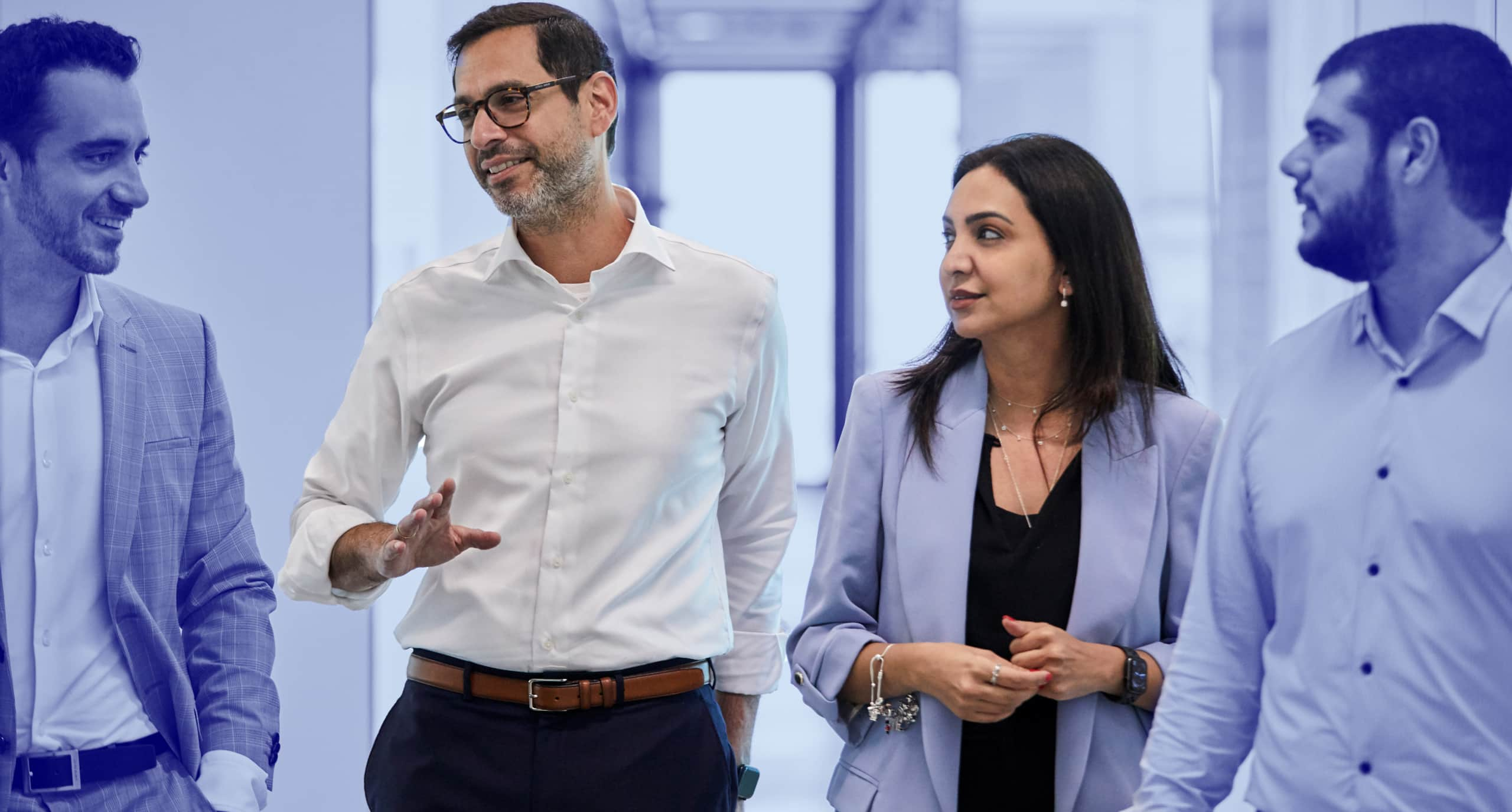In the latest event for IE School of Architecture & Design’s NextGen On the Spot series, “Universities’ Role and Creative Industries’ Impact in Shaping Cities,” vice dean of IE School of Architecture & Design, Cristina Mateo, welcomed Ignacio Diaz-Maurino, a Spanish architect who has been based in London for more than 15 years.
Previously based in Madrid, Ignacio was drawn to London when the recession hit in 2008. He has been at Allies and Morrison, an architecture practice based in the city, ever since. Now with over 300 employees, Ignacio believes the company has the best of both worlds—the knowledge and support of a big practice but also the feeling of being a family who cares for each individual project in the same way that a smaller practice would.
The practice is involved in a range of projects, including residential, retail, hospitality and offices at various scales, from urban planning and interior design to furniture.
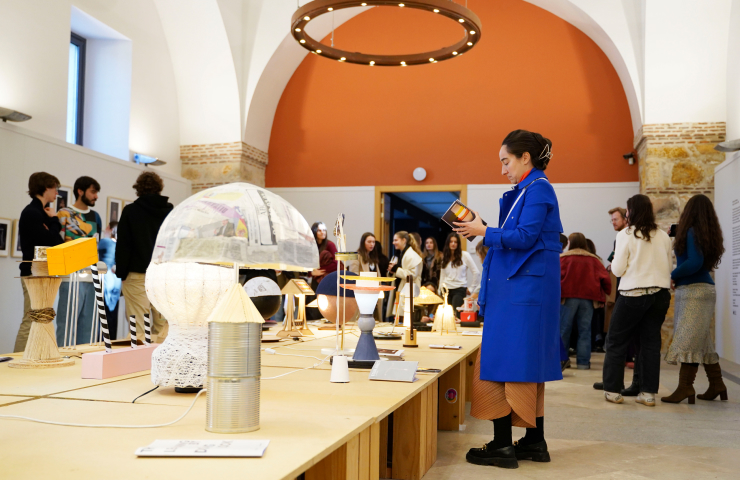
The event was centered around the concept of “urban opportunism” and the positive impact that universities can bring to the regeneration of urban sites. To begin the event, Ignacio gave his fascinating insight into four different projects that Allies and Morrison have worked on: the Imperial College London masterplan; the University of the Arts London’s integration in the King’s Cross masterplan; the East Bank project, a recent addition to the London Olympics legacy, which involved a new space for the London College of Fashion; and the London College of Fashion project itself.
All four of the projects shared the task of designing and integrating a new space for a London-based higher education institution into a wider masterplan for the regeneration of different areas of the city. Key elements included sharing, collaboration and interaction, with each project working around their own individual constraints and challenges.
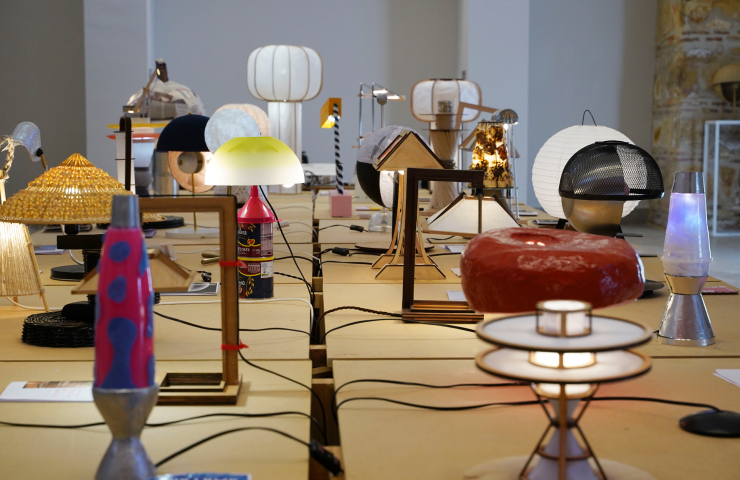
As a whole, the projects aimed to create spaces that bring people together, keeping in mind the individual user of the space as well as the wider community.
Following Ignacio’s presentation, he and Cristina engaged in an in-depth discussion about the projects, the role of universities as activators of an urban area, and whether these kinds of projects can be successful in other cities.
Cristina: All the projects in which you’ve been involved have created radical change in the area, what was your favorite project?
Ignacio: That’s a very difficult question. One I’ve been working very closely with is the London College of Fashion. I’ve been involved in that project for eight years. Although I think we have a very successful project for the practice, I think what is coming will be amazing and even better than the past.
Cristina: At IE University, we recently shifted to vertical facilities, which has brought both opportunities and challenges. Do you see the role of the university as an activator of a district as crucial, and why?
Ignacio: As knowledge centers, universities are incredibly important in making the fabric of a city. It’s crucial, first of all, because of activation. You’re going to have students that are going to be there during normal working hours, and that’s going to bring life to the area. The age is also crucial because you’re bringing students—who can be undergraduates or postgraduates—and that’s a big range of people with different needs, which will activate the site in many different ways.
Temporary events are also crucial, and that’s something that was also key in the King’s Cross masterplan. It was really important that the public space surrounding it was related to the use of the building.
Cristina: You talk about colonizing a space where the public and private become really intertwined: the actual users of the space, the staff, people who work in retail, people from the local community and more. How do you split those boundaries, or do you think it’s becoming invisible?
Ignacio: Completely invisible. In conversations that we have now with different universities, the typology is changing. The idea of a “campus” that we all think about, is changing. Now, the university is not of the city; it’s within the city, and the city becomes the campus. There is a need for the city to have the university, but it’s also important that the university is bringing people in and spreading knowledge.
Cristina: All of these examples are from London. Is it possible to extrapolate this to other cities?
Ignacio: I think it’s definitely a model that can be exported. London is special and ambition is key, but it can happen anywhere you have a site or city that needs to be restored and can offer urban repair areas. I think universities are perfect for that.
Cristina closed the conversation explaining that she is full of hope not only for those who are interested in real estate and city-making but also for everyone who is involved with education.
These future decision-makers have a much bigger role than just to teach and share knowledge and disseminate—they’re also becoming agents of social change.
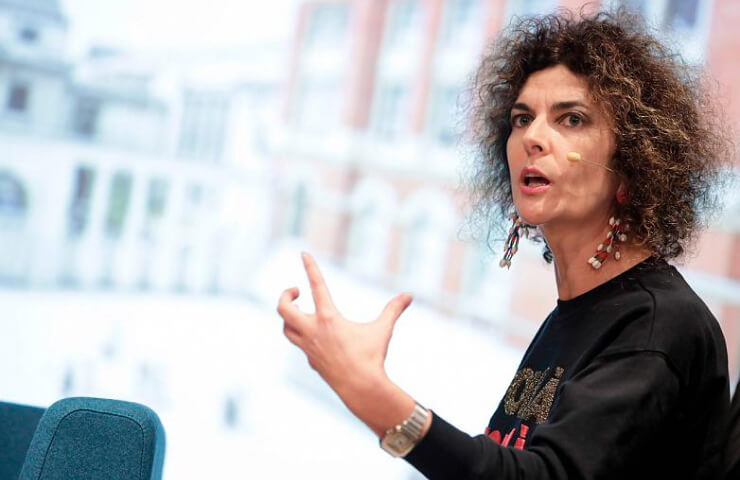
For Ignacio, the success of such projects depends on the consultation with the public. He highlights the importance of what the public says, demonstrated by the fact that Allies & Morrison now have an internal team that deals only with public engagement. “Accessibility is top of our priorities nowadays,” he explains.
Reflecting on his own role, Ignacio sees himself as an architect, which he describes as a role similar to that of a conductor. “We are not making things; we just coordinate things. And every time we touch something new, we learn—and that is incredibly enriching.” When considering what he sees for his career going forward, he is sure of one thing: he will always be learning.
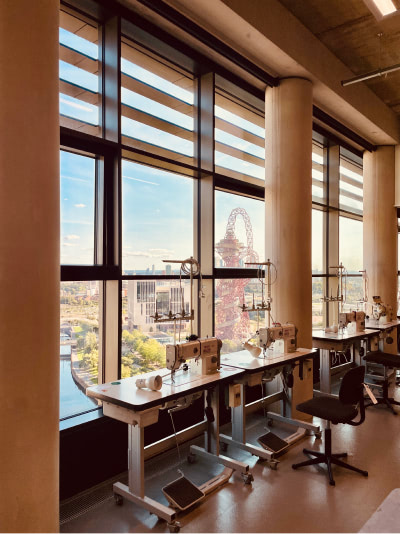
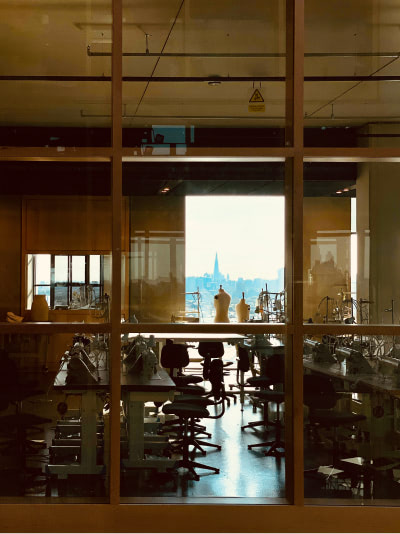
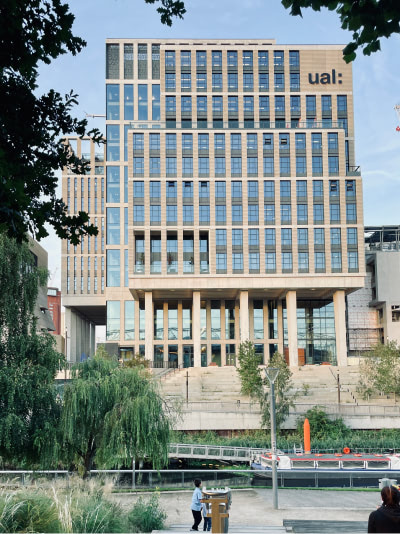
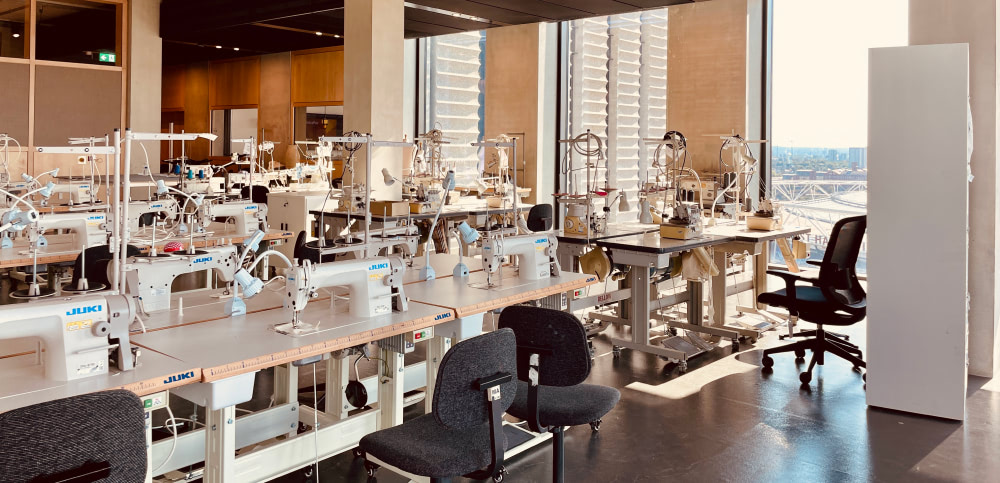
How Do Creative Industries and Universities Shape Cities?
Exploring Their Impact on Neighborhoods.



